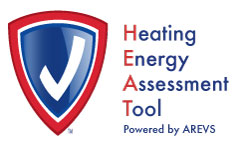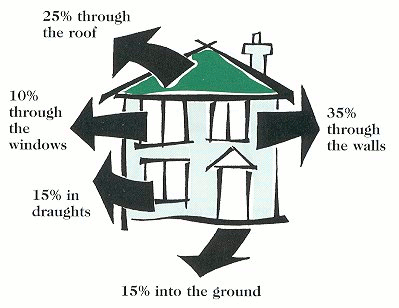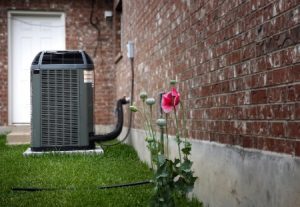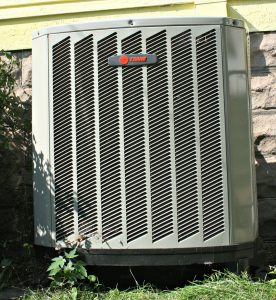Demand response is a new way for utility companies and co-ops to deliver power to customers. It has the potential to significantly change the way customers and utilities work together. So what exactly is demand response? Pretty much what it sounds like!
What you need to know about demand response
Demand response is a way for utility companies and co-ops to more efficiently deliver electricity to homeowners, based on how much electricity is in demand at any given time. Peak demand in the home is in the morning, when we’re all getting ready for work and school, and in the evening, when we all come home to fix dinner, do our household chores, watch TV, or have the neighbors over for a visit.
It’s common sense: when we’re at home we demand more electricity from our utility. When we’re not at home, that level of demand drops. We might only have the HVAC system on, and the usual appliances and electronics humming along in the background. Demand response helps utilities balance that peak demand in the morning and evening with the lower demand in the afternoon and late at night, when we’re out of the house or asleep.
How you can take advantage of demand response
Demand response programs may be offered by your utility company or co-op. Check out those inserts in your next utility bill! You may be eligible for real savings every month, just by using your dishwasher and laundry machines in times of lower power demand. Your utility might also offer you “time-based rates” which can be more or less expensive, per kilowatt-hour, based on the time of day and the demand on the utility’s power generation capabilities. Most time-based rates (they’re also called “peak pricing,” “variable pricing,” “real time pricing,” or similar names) follow the basic law of supply and demand. When demand is high, in the morning and evening, prices are a little bit higher. When demand is low, in the afternoons and late at night, prices will be a little bit lower.
Utilities offer demand based rates to encourage you to use your major appliances, like your dishwasher and laundry machines, at the low-demand times of the day. This can be a win-win situation. Your utility wins, because they save wear and tear on their equipment. You win because you save money on your electricity costs by using your major appliances in those lower demand times of the day.
What’s next for demand response?
According to the Department of Energy,
The electric power industry considers demand response programs as an increasingly valuable resource option whose capabilities and potential impacts are expanded by grid modernization efforts. For example, sensors can perceive peak load problems and utilize automatic switching to divert or reduce power in strategic places, removing the chance of overload and the resulting power failure. Advanced metering infrastructure expands the range of time-based rate programs that can be offered to consumers and smart customer systems such as in-home displays or home-area-networks can make it easier for consumers to changes their behavior and reduce peak period consumption from information on their power consumption and costs.
Demand response programs are created and managed by utility companies and co-ops. But homeowners, renters, and landlords who choose to participate in utility programs will find real benefits, including saving money on their electricity bills every month.





